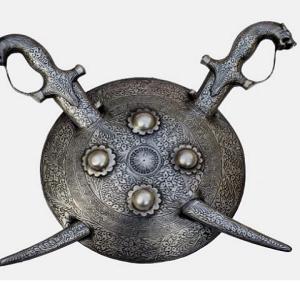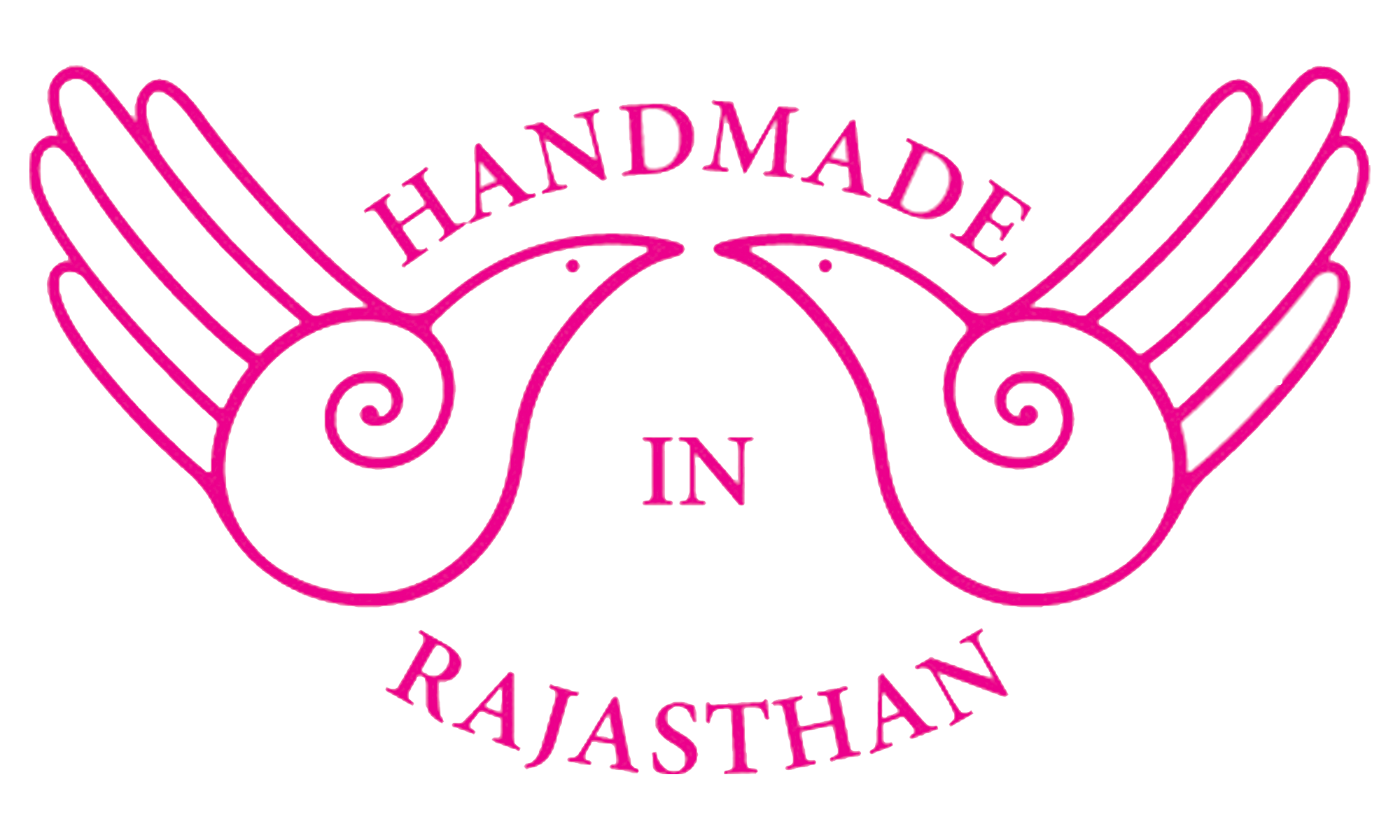- Home
- About US
- Art and Craft
- Artisans
- Master Crafts Persons
- Supporting Institutions
- News and Events
- Schemes
- Contact us
- Contact

Koftgiri is traditional craft as it is practiced in Mewar district since decades. This craft can be seen in Jaipur and Udaipur nowadays. In Jaipur, Koftgiri can be seen in the import-export market. Whereas, Udaipur, is where clusters are found where Koftgiri is practiced. Koftgiri is not a seasonal craft. Once a proper quality is achieved the product is highly sought after. At time when the craft is used for commercial production there are still lots of artisans who practice this craft and use these commercial production for enhancing their expertise, but the market is definitely very small.
Koftgiri is a type of decoration originating in India with the Mughals as a means to decorate arms and weaponry. It can be both an inlay and overlay art. The word Koftgiri refers to the action of “beating” the pattern into the iron, an art of inlaying light metal on a dark one to provide a surface with an ornamental appearance with elaborate and lavish chiselling gold or silver leaf. For this craft the term Koft is applied, and the work-person is known as a Koftgar (really a glider) and the trade as Koftgari.
Koftgiri motifs are traditional with lots of lines and curves which is possible with the handling of Gold and Silver wire. The specialty of Koftgiris that the whole design is produced mainly by wire. Main materials are sourced from karkhanasat Ajmer and Bhilwara, and then manually created into desired forms using the essential tools. As this craft is labour intensive both women and men are involved in the process. While the women do the initial preparation of the material, final finish and packaging of the objects, the men do most of the heavy manual labour.
Primarily Koftgiri craft was used in creating handles of swords and daggers and articles of utility such as boxes, cutlery, hunting knives, etc. Until a hundred years or so ago, Koftgiri, was widely used by the Gadi-Lohars, the traditional armourers of Rajasthan, to create a range of weaponry and armour for the use of their Rajput clientele, the tradition has become obsolete now.

